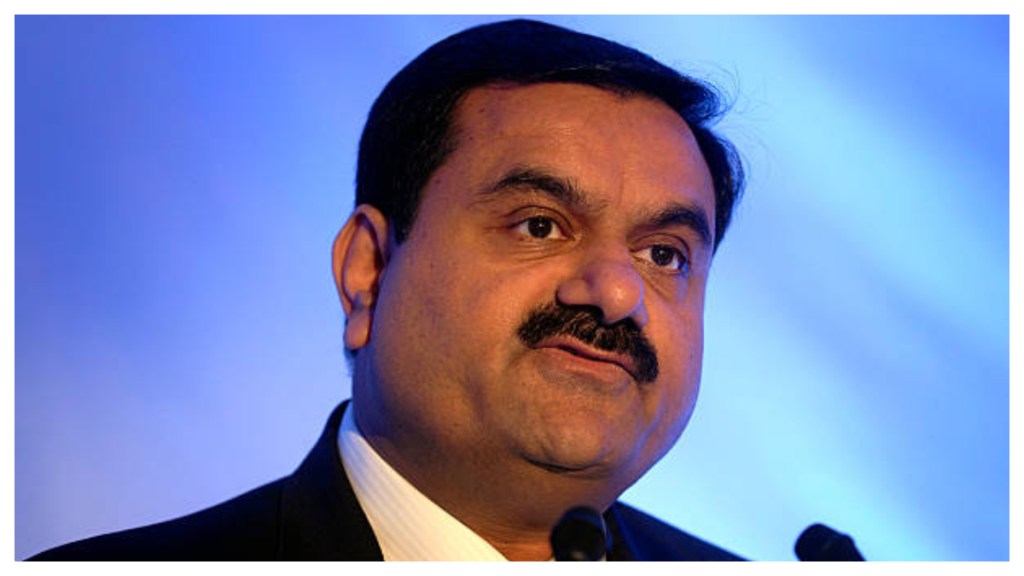Adani Mundra Cluster: Leading India's Green Hydrogen Revolution
Key Ideas
- Three Adani companies have formed the Adani Mundra Cluster to drive economic growth, generate employment, and advance decarbonisation by 2050.
- Adani Ports plans to achieve net-zero emissions by 2040, and Ambuja Cements aims to be a low-emission cement producer by 2050.
- The Adani Mundra Cluster will become one of the world's largest integrated green hydrogen hubs, with plans for significant green hydrogen production and derivative facilities by 2040.
- The initiative will collaborate with global stakeholders and the World Economic Forum to pioneer innovative approaches towards decarbonisation and green energy transition.
Three Adani companies in India have joined the World Economic Forum's 'Transitioning Industrial Clusters' initiative, forming the Adani Mundra Cluster in Ahmedabad. This cluster aims to align co-located companies' visions to drive economic growth, employment, and decarbonisation by 2050. Adani Ports commits to renewable electricity by 2025 and net-zero emissions by 2040, while Ambuja Cements targets low-emission cement production. The cluster plans to be a major green hydrogen hub by 2040, with 1-3 MMTPA capacity, supported by solar modules, wind turbines, and electrolyser manufacturing. This initiative seeks to decarbonise India's economy and reduce energy imports, fostering collaboration with global stakeholders to pioneer decarbonisation approaches.
Topics
India
Green Hydrogen
Renewable Energy
Energy Transition
Decarbonisation
Employment
Economic Growth
Sustainable Business
Industrial Clusters
Latest News
